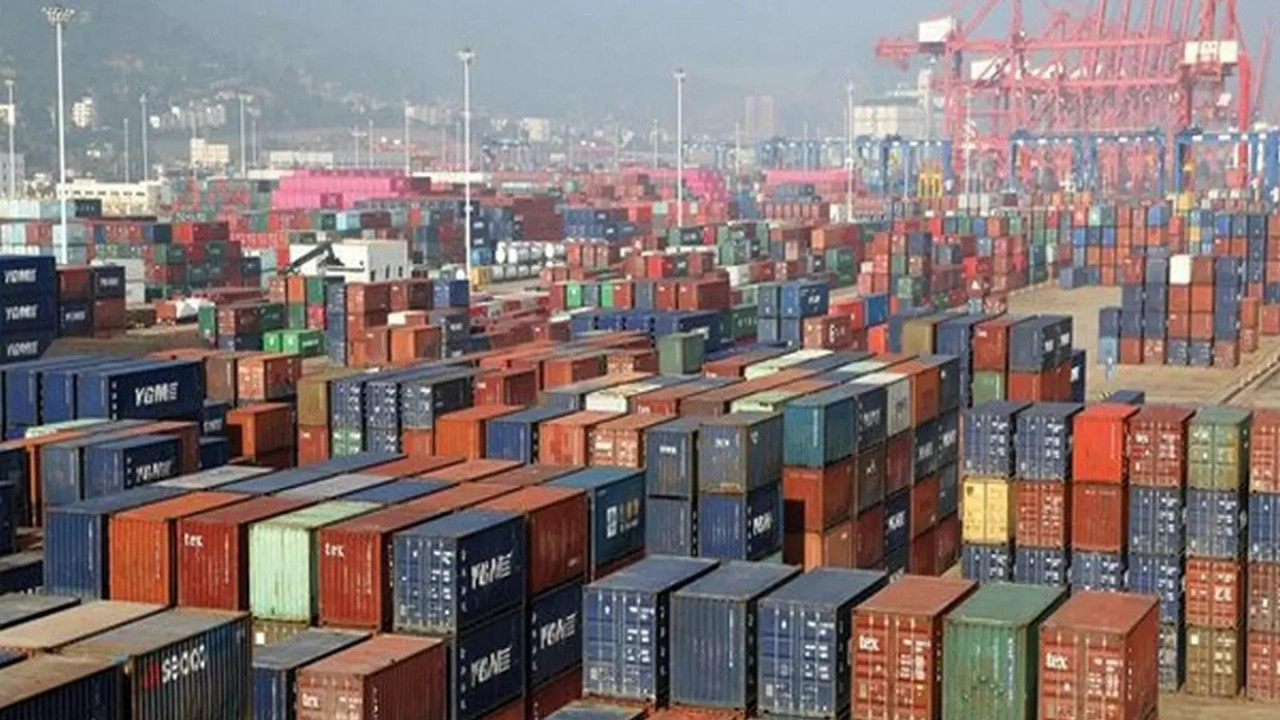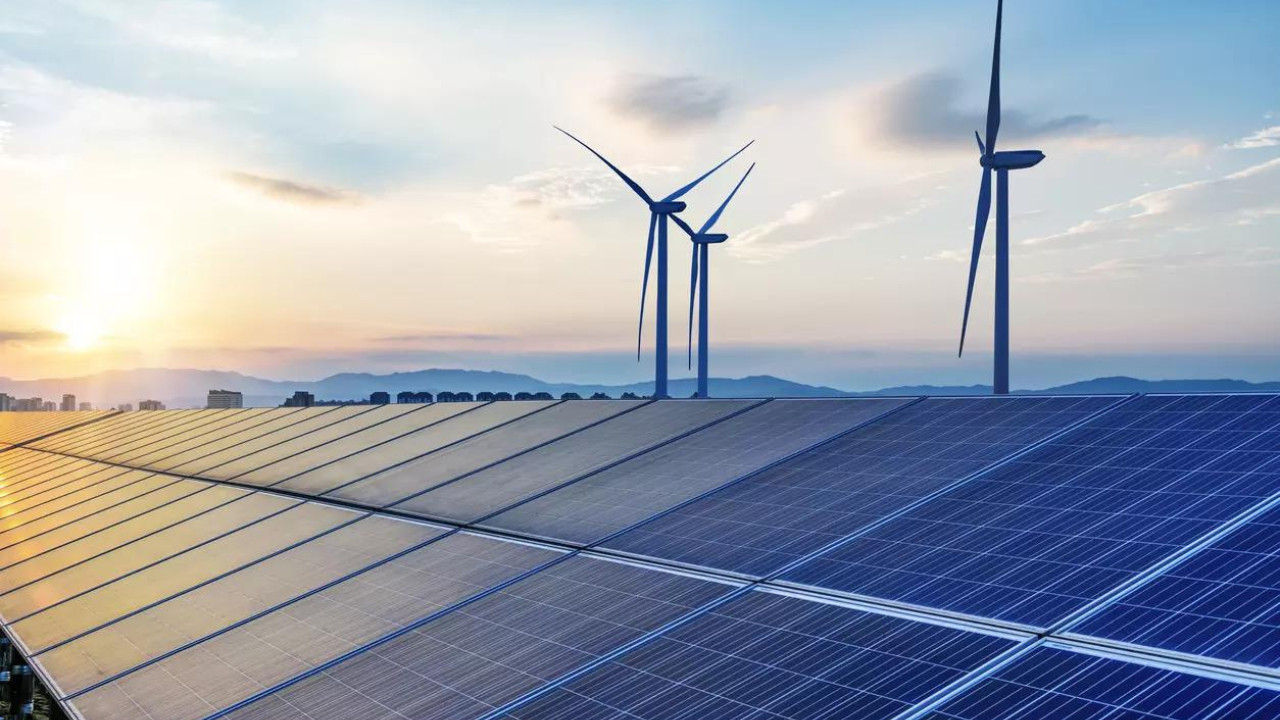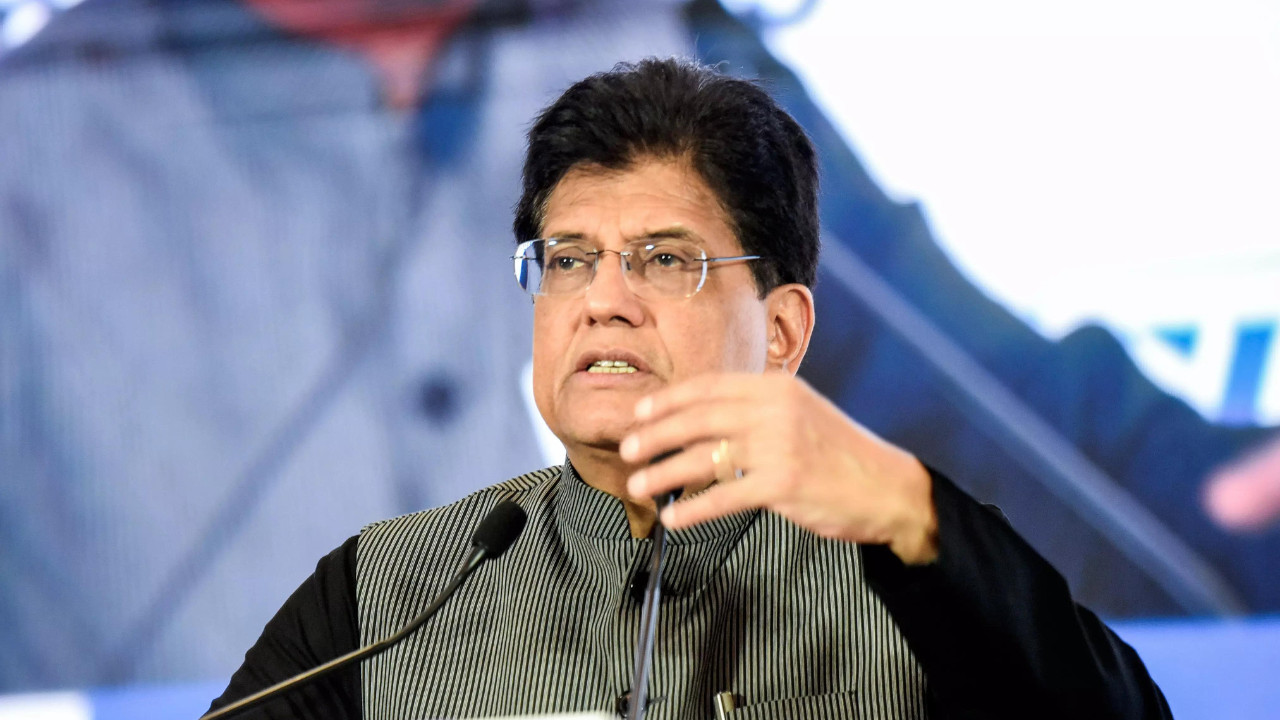Commerce Minister Piyush Goyal’s Doha visit aims to finalize India-Qatar FTA terms. A GTRI report highlights India’s $10.78 billion trade deficit, heavily skewed towards Qatari energy imports. The report urges diversifying trade beyond hydrocarbons, recommending industrial partnerships, boosting Indian exports, and joint ventures to balance the relationship.
Qatar Calling: Can India Level the Playing Field in Trade?
For years, the relationship between India and Qatar has been a cornerstone of stability, largely fueled by our insatiable need for Qatari energy. We’re talking liquefied natural gas (LNG), the lifeblood of Indian industry and power generation. But beneath the surface of this seemingly symbiotic bond, a significant trade imbalance hums away, a tune that India needs to learn to harmonize.
A recent report by the Global Trade Research Initiative (GTRI) throws this imbalance into sharp relief, flagging a whopping $10.78 billion trade deficit. While energy continues to be the bedrock of our partnership, the report gently nudges us to think bigger, to diversify our trade basket and avoid putting all our eggs in one hydrocarbon-rich basket. Could a India Qatar FTA (Free Trade Agreement) be the key to unlocking a more balanced and prosperous future for both nations?
The Energy Giant and the Emerging Powerhouse
Let’s be clear: Qatar is a giant in the energy world. India, with its booming economy and ever-growing energy needs, is a prime customer. This dynamic isn’t going anywhere soon. Our LNG imports from Qatar are vital, and the existing long-term contracts provide a level of stability in a volatile global energy market.
But relying solely on energy creates a vulnerability. Fluctuations in global energy prices can send ripples through the Indian economy. Moreover, it limits the scope for a truly comprehensive and mutually beneficial partnership. India’s strength lies in its diverse manufacturing capabilities, its burgeoning tech sector, and its rich agricultural heritage. Why aren’t we leveraging these strengths more effectively in our trade relationship with Qatar?
Beyond LNG: Untapped Potential in India-Qatar Trade
The GTRI report highlights several areas where India could significantly boost its exports to Qatar. Think textiles, engineering goods, agricultural products, and pharmaceuticals. We have a competitive advantage in these sectors, and Qatar’s growing consumer market presents a golden opportunity.
But simply having the goods isn’t enough. We need to actively promote Indian products and services in Qatar, creating greater awareness and demand. This requires a concerted effort from both the government and the private sector, including participation in trade fairs, business delegations, and targeted marketing campaigns.
Furthermore, an India Qatar FTA could substantially reduce or eliminate tariffs and other trade barriers, making Indian goods more competitive in the Qatari market. This would create a level playing field and encourage greater investment and collaboration between businesses in both countries.
Diversifying for Resilience: A Two-Way Street
Diversifying our trade relationship isn’t just about boosting exports; it’s also about building a more resilient economic partnership. When trade is concentrated in a single commodity, both countries become vulnerable to external shocks. A broader trade basket, encompassing a wider range of goods and services, provides a buffer against such volatility.
Qatar is actively seeking to diversify its own economy, moving beyond its reliance on hydrocarbons. This presents another opportunity for India. We can partner with Qatar in its efforts to develop its non-energy sectors, providing expertise and investment in areas such as infrastructure, tourism, and technology. Image of the Doha skyline, illustrating opportunities for an India Qatar FTA.
The Road Ahead: Charting a Course for Balanced Growth
The India-Qatar relationship is strong, but it has the potential to be even stronger. Addressing the trade imbalance requires a proactive and strategic approach. This includes:
* Actively promoting Indian products and services in Qatar.
* Negotiating a comprehensive and mutually beneficial India Qatar FTA.
* Encouraging greater investment and collaboration in non-energy sectors.
* Fostering closer people-to-people ties through cultural exchanges and tourism.
By taking these steps, India can level the playing field and unlock the full potential of its trade relationship with Qatar, paving the way for a more balanced and prosperous future for both nations. The ball is now in our court to seize the opportunity and build a truly diversified and dynamic partnership.
In conclusion, while the energy sector will undoubtedly remain a vital component of the India-Qatar relationship, actively pursuing diversification through strategic initiatives, including a potential FTA, is crucial for fostering a more equitable and resilient partnership that benefits both nations in the long run.







